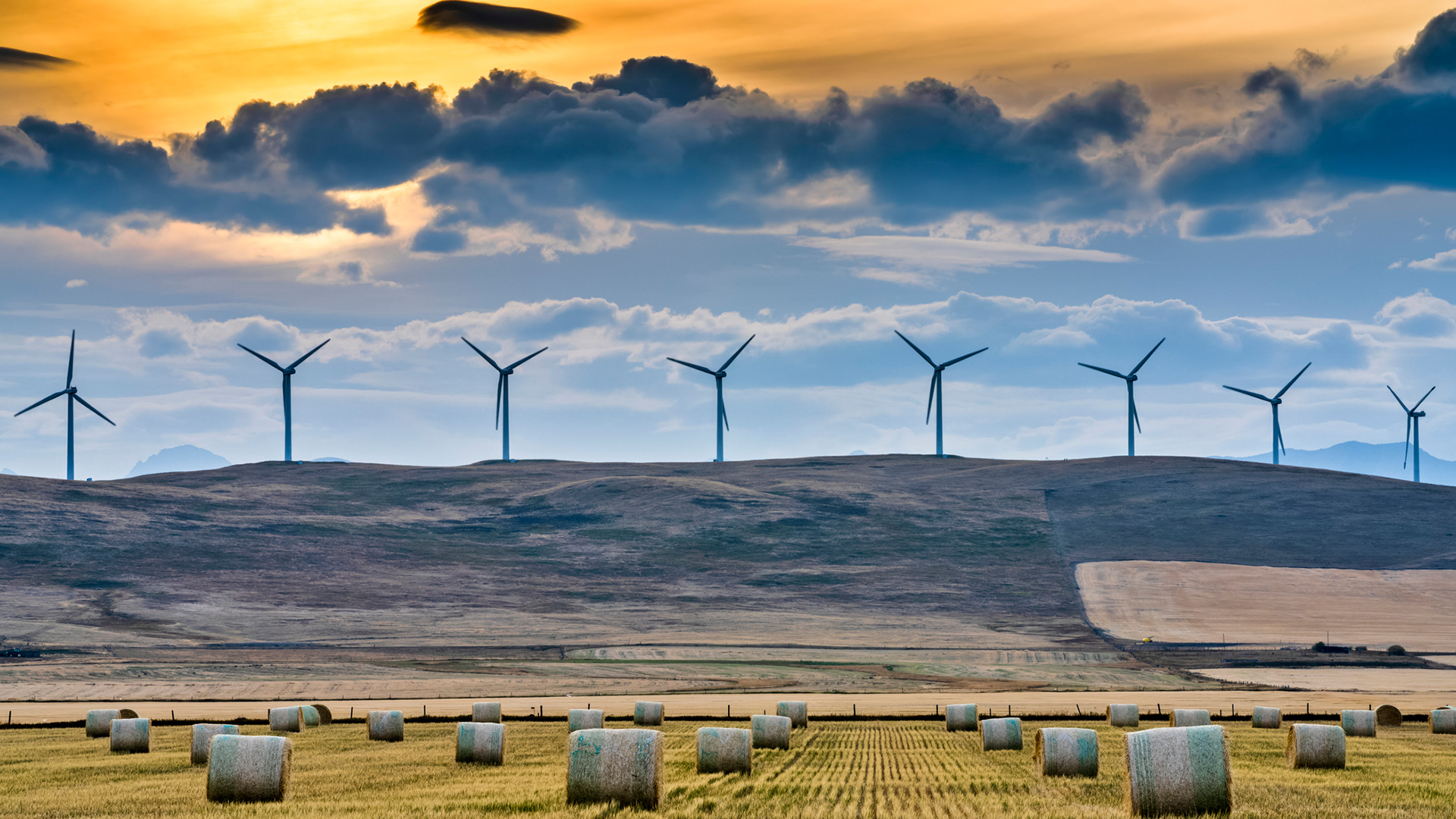Where Should our Sustainability Program go Next?
ARTICLE BY ANNIKA JAGMOHAN
After taking foundational steps and setting baselines, we’re now facing the challenges of driving substantive progress on our emissions. This is where the real work begins.
Sustainability is no longer a new corporate imperative or an area of work that marks organizations as especially forward-thinking. As the effects of climate change become more dire, it’s becoming rare to find companies without some sort of sustainability program – whether it’s explicit climate goals or reports that highlight their best efforts. Despite these well-intentioned initiatives, substantive progress to reduce emissions remains elusive. Green efforts that start strong often taper off before real change occurs. As Environics Research moves beyond the first key milestones in our own sustainability journey, we’ve begun to experience first-hand the challenges that can keep sustainability initiatives from achieving real impact.
Starting our sustainability journey
In 2022, Environics Research created a Climate Crew to champion our internal sustainability efforts. Although the company’s commitment to sustainability is long-standing, this cross-functional team – created to formalize our environmental efforts, including by setting goals and designing accountability mechanisms – was a new step. The Climate Crew quickly gained support and momentum as it tackled its first task: quantifying our greenhouse gas (GHG) emissions in our first GHG Inventory, generated by Green Economy Canada (using data we gathered ourselves). This inventory outlines our total annual GHG emissions from 2019-2022.
In analyzing the results, we saw our total GHG emissions dropped dramatically in 2020. No surprise there: the COVID-19 pandemic caused many organizations’ transportation emissions to plunge almost overnight. The pleasant surprise is that since the pandemic has subsided, our GHG emissions have remained at this reduced level – even as our total number of employees has grown. Part of the reason we’ve kept our emissions low is that we’ve moved to a smaller office and embraced a hybrid work style even more strongly and moved. Working from home was an option at Environics long before the pandemic, but it is now the preferred choice for most employees.
What our inventory told us
Having quantified our footprint, our goal is now to reduce our emissions through intentional company changes – not just buying carbon offsets. This means confronting the biggest sources of our emissions, as revealed by the GHG Inventory. And here’s where the challenges arise. As it turns out, even though Environics has had flexible work policies for decades and the pandemic led even more of our employees to work from home, employee commutes to and from the office is still our largest source of emissions in 2022 – accounting for nearly half our GHG.
We were taken aback by this finding, since our organization already takes many of the steps that help to reduce transportation-related emissions. Most employees work from home most days, and when people do come into the office, a large portion of their overall commute (60%) is by public transportation. Since the “low-hanging fruit” of enabling work-from-home and encouraging transit use (the company subsidizes transit passes) are already in hand, we now face a challenge: figuring out how to further reduce emissions while continuing to harness the value of in-person interactions.
Confronting the trade-offs
From an environmental perspective, it’s clear that we’ll have the biggest impact on our emissions if we tackle commuting. From a human and organizational perspective, sometimes it feels like we aren’t in-person enough. A major recent focus has been on making our in-person moments valuable: cultivating the corporate culture that makes Environics feel like Environics. For me personally, going into the office makes me feel more connected to the company and my colleagues – especially new teammates.
For these reasons, the Climate Crew has agreed that we don’t want to discourage employees from coming into the office. At the same time, we do want to reduce the emissions from employee commutes. While looking into potential solutions for commuting, we will also need to find other ways to reduce our emissions and infuse sustainability into our daily processes. This requires creativity – going beyond the low-hanging fruit to find solutions that are not only impactful, but also feasible. Perhaps this is where many sustainability initiatives tend to taper off. Between client projects, busy schedules, and other priorities, it becomes harder to find both the time and the brain space to develop genuinely effective solutions.
Staying motivated
Reaching our sustainability goals carries challenges – but one thing that gives me confidence in our ability to succeed is the values of our people. Environics has been measuring social values since 1983, using a unique methodology to understand the deep mindsets and motivations that drive opinions and behaviour. When we segment our own employees using this methodology, we find that our teams include large shares of Egalitarian Idealists and New Aquarians. Despite belonging to two different generational cohorts, these groups share important common ground, scoring high on three key values:
- Ecological Concern: the belief that environmental destruction is unacceptable (not simply a valid cost of doing business) and should not be allowed to continue.
- Global Consciousness: an affinity to peoples in all countries. People high on this construct tend to consider themselves “citizens of the world,” which goes hand in hand with feeling a responsibility to do one’s part to tackle global issues like climate change.
- Social Learning: the perception that diversity is a source of enrichment and the belief that people can learn a great deal through contact and conversation with people who are different from themselves. People who score high on this value are more likely to stay open-minded and give outside-the-box ideas a shot.
These shared values point to a community that cares about people and the planet, as well as profit (we are still a business, after all). Along with these similarities, our employees also bring diverse experiences and perspectives that will help us come up with creative solutions for reducing our GHG emissions. The combination of diverse perspectives, shared values, and a strong commitment to following through on our environmental commitments makes me optimistic about our ability to drive real change. Since the start of our sustainability journey, the Climate Crew has grown, allowing us to focus on a variety of solutions without spreading ourselves too thin. We now have sub-committees dedicated to improving waste management at the office and developing a climate adaptation plan, as well as a group dedicated to integrating sustainability into our recent company retreat. Achieving results might be more complex than anticipated, but we are excited to keep pushing ourselves to rise to the challenge, transforming ambition into action and results.
What trade-offs and challenges has your organization faced on its sustainability journey? How have you overcome setbacks and stayed motivated to keep reaching for your climate and environmental goals?
Find out how our team can help your organization
Related insights



Toronto
366 Adelaide Street West
Suite 101, Toronto, ON
Canada M5V 1R9
416 920 9010
Ottawa
135 Laurier Ave W.
Ottawa, ON
Canada K1P 5J2
613 230 5089
Calgary
421 7th Ave SW
Suite 3000, Calgary, AB
Canada T2P 4K9
403 613 5735
